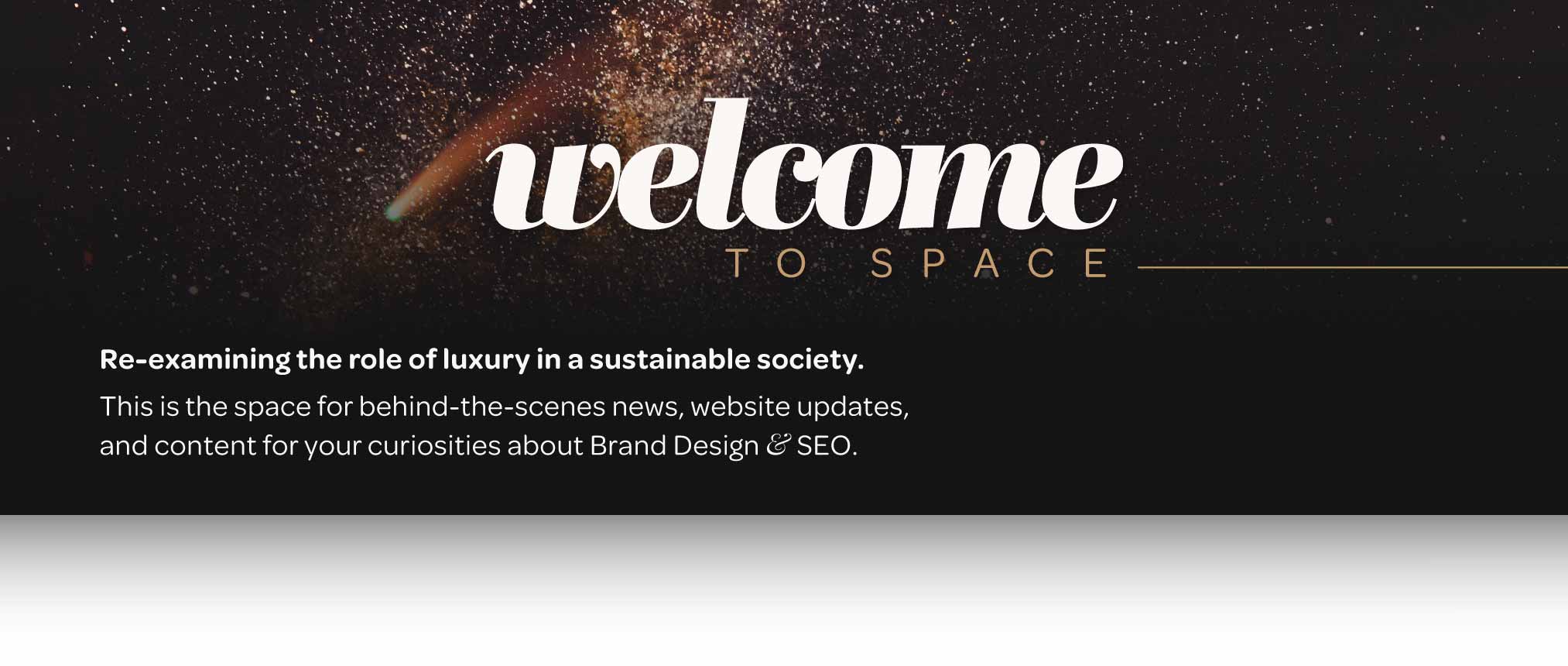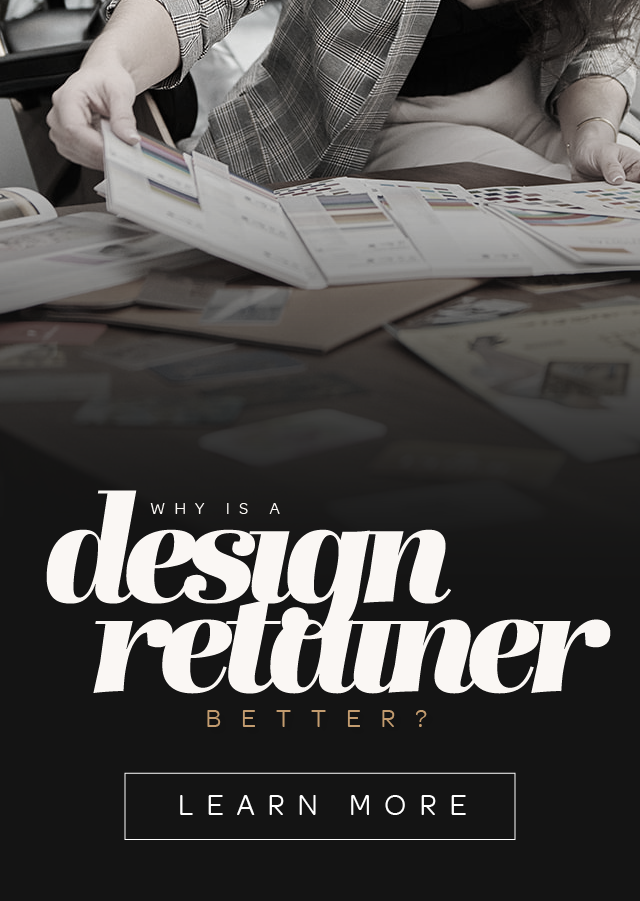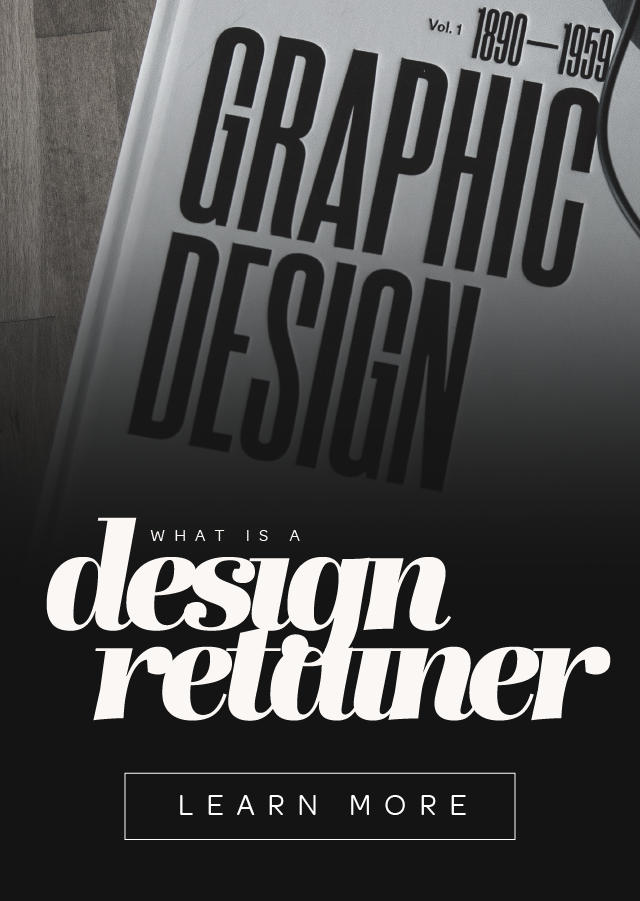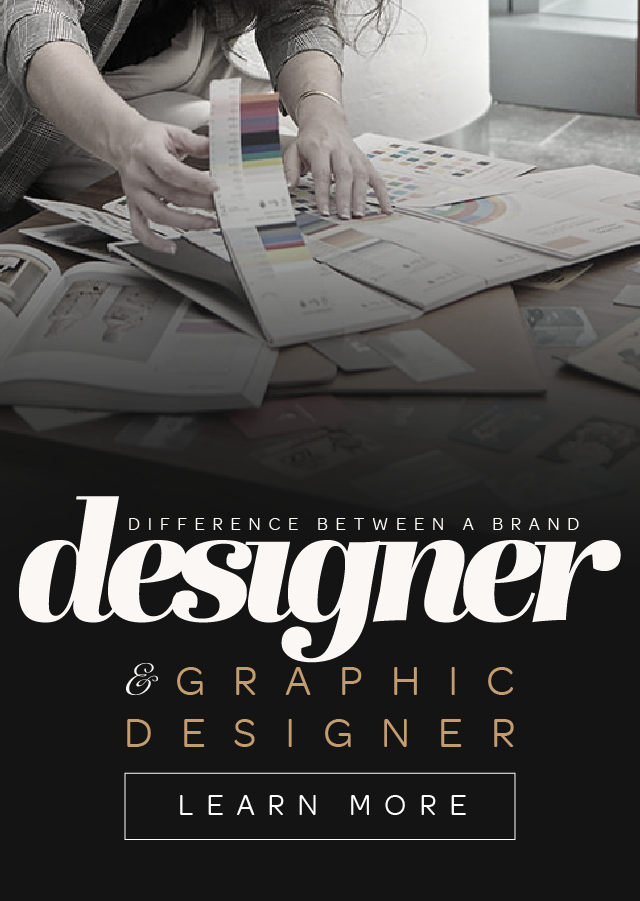Securing a Design Retainer can be a strategic move for your business, ensuring you have consistent access to professional design services. However, before diving into an agreement, there are several important factors to consider. Here are the top 10 things you should know before getting a design retainer:
Is it based on a fixed number of hours per month, or is it focusing on a specific set of deliverables?
Read: What is a Design Retainer?
Consider the type of design work you frequently require. Are you looking for regular updates to your marketing materials, ongoing website maintenance, or continuous brand support? This could be anything from creating social media graphics, updating your website, designing marketing materials, or developing new product packaging. Understanding your regular needs will help determine if a retainer is beneficial.
Clearly define what you want to achieve with the retainer. Outline specific goals and objectives, such as regular business card printing, improving brand consistency, increasing marketing effectiveness, or enhancing customer engagement. This will help both you and the designer stay aligned and focused.
Having a design retainer means quicker turnaround times, consistent design quality, and a loyal designer who understands your brand. It also allows for better planning and budgeting for your design needs. Design retainers can vary in cost based on the scope of work and the designer's expertise. Ensure that your budget allows for this recurring expense. Compare the retainer cost with the cost of hiring a designer on a per-project basis. The potential savings and benefits are in avoiding the higher costs of ad-hoc design services or the efficiency gained from having a dedicated designer.
Look for professionals with experience in your industry, a strong portfolio, and positive client testimonials. Ensure they understand your brand, vision, and business goals. While freelance designers have experience with a variety of industries, if you know that your design needs revolve around product packaging, then select a designer or agency with a strong design style that aligns with your existing project. If you are an advertising agency and need a variety of styles completed, then choosing a designer with a communication style compatible with yours will benefit in the long-run of project management.
Clearly outline what types of work are included in the retainer. Specify the number of hours or projects covered each month. For example, you might agree on 10 hours of design work monthly, which could include tasks like creating promotional flyers, updating website banners, or designing newsletters. This is different from per-project agreements, where each new task requires a separate negotiation and contract.
Decide how often you'll have check-ins, whether it’s weekly or bi-weekly, and through what means (email, phone calls, video meetings). Clear communication ensures that projects stay on track and meet your expectations. With a retainer, there’s a continuous dialogue, making it easier to address ongoing needs and adjustments.
Carefully read the retainer agreement. Understand the terms, such as the minimum contract length (e.g., 3 months, 6 months), payment schedules, and how to handle unused hours. Some agreements might allow unused hours to roll over to the next month, while others might not. This predictability contrasts with the ad-hoc nature of per-project payments, providing more financial stability.
Determine how you will measure the success of the retainer. Set clear goals such as improving the visual consistency of your brand, reducing the time it takes to get design projects completed, or increasing customer engagement through better design. Similar to website maintenance or monthly SEO packages, design retainers allow for ongoing evaluation and tweaking, ensuring long-term success.
Ensure that the retainer agreement allows for flexibility. Your design needs may change over time, and the agreement should be adaptable. Discuss options for scaling up or down the amount of work as your business grows or enters different phases. This adaptability is often more streamlined with a retainer than with multiple one-off projects.






